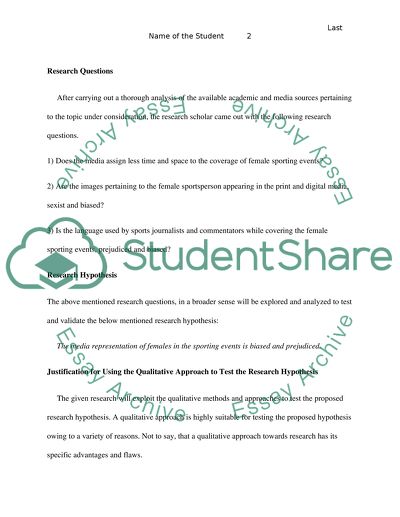Cite this document
(“Media represent females at a particular sporting event-wimbledon event Literature review”, n.d.)
Retrieved from https://studentshare.org/gender-sexual-studies/1409526-media-represent-females-at-a-particular-sporting
Retrieved from https://studentshare.org/gender-sexual-studies/1409526-media-represent-females-at-a-particular-sporting
(Media Represent Females at a Particular Sporting Event-Wimbledon Event Literature Review)
https://studentshare.org/gender-sexual-studies/1409526-media-represent-females-at-a-particular-sporting.
https://studentshare.org/gender-sexual-studies/1409526-media-represent-females-at-a-particular-sporting.
“Media Represent Females at a Particular Sporting Event-Wimbledon Event Literature Review”, n.d. https://studentshare.org/gender-sexual-studies/1409526-media-represent-females-at-a-particular-sporting.


